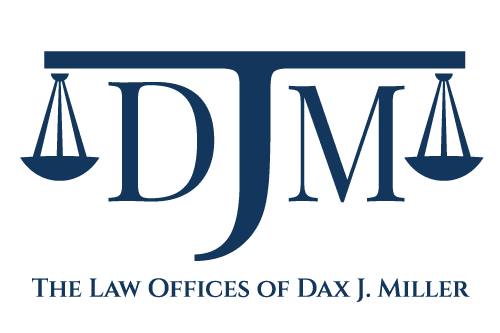Bankruptcy is not the end; it is the beginning.
Bankruptcy Myths
Many bankruptcy myths exist that are simply not true. People often hear that bankruptcy ruins your credit or deletes your credit or prevents you from ever obtaining credit again. Each of these statements are simply untrue. The truth is that filing bankruptcy is often the fresh start, clean slate that you need to begin rebuilding your credit. Bankruptcy is not a credit “death sentence”.
How Filing Bankruptcy Impacts Your Credit
The initial filing of your bankruptcy acts as a federal injunction (“automatic stay”) against the collection of most type of debt. One of the benefits of that bankruptcy automatic stay is that creditors are no longer permitted to report negatively to your credit. That means that all of the delinquent credits cards, loans, and medical collections companies have to stop negatively reporting to your credit immediately. This automatic stay effectively acts as a “breathing room” mechanism. It allows you to regain your financial composure and think about how you will do things differently once your bankruptcy is over and you obtain your bankruptcy discharge.
How Finishing/Discharging Your Bankruptcy Impacts Your Credit
When you complete your bankruptcy, you will receive a bankruptcy discharge. While the automatic stay that we mentioned before was only temporary, the bankruptcy discharge is now a permanent injunction against the collection of any debt discharged in the bankruptcy. That basically means that your bankruptcy was a success and that none of the previous companies that were negatively reporting to your credit may do so anymore.
Credit Score
Generally speaking, when you receive your discharge, your credit score will respond over the next 6 to 12 months. If your credit was really good (850) when you filed bankruptcy (rare), then, yes, your score will drop by around 50 to 100 points. If your credit was average (650) when you filed bankruptcy (also rare), then your credit will likely fluctuate up or down by around 25 to 50 points.
However, if your credit was really low (300 – 550), then your credit score will likely increase by around 50 to 100 points. This is primarily because all of the balances have been removed and all of the negative reporting has been stopped.
Credit Offers
You may find it unbelievable, but you will actually receive credit card and personal loan offers immediately after you receive your discharge (sometimes even before). You will even receive solicitations from car dealerships offering financing for a new vehicle.
This primarily because lenders and dealerships monitor bankruptcy filings. They believe that someone who took the responsibility to deal with their debt through bankruptcy and now has a fresh slate is a good, viable customer.
The only instance where you actually have to wait a significant amount of time is if you want to buy a house. If you have the 20% down payment for a regular mortgage, there is no waiting period. However, if you don’t have that down payment, then you’ll likely need to use the FHA program and they make you wait two years after a bankruptcy before that option is available.
Rebuilding Your Credit
Rebuilding your credit after bankruptcy is simple. There are no tricks or short cuts. You simply incur debt and then timely pay that debt off. Each time you do that, you receive positive marks from your lender on your credit report. Those positive marks add up overtime and, eventually, your credit has rebounded. Use www.annualcreditreport.com to obtain your annual free credit report.
Learn More About Credit vs. Bankruptcy
If you are interested in learning more about filing bankruptcy and how it affects your credit, contact us today. The Law Offices of Dax J. Miller practices exclusively in the United States Bankruptcy Court. We are a small bankruptcy law firm dedicated to detailed attention to your case. Contact The Bankruptcy Law Offices of Dax J. Miller today to learn more.




